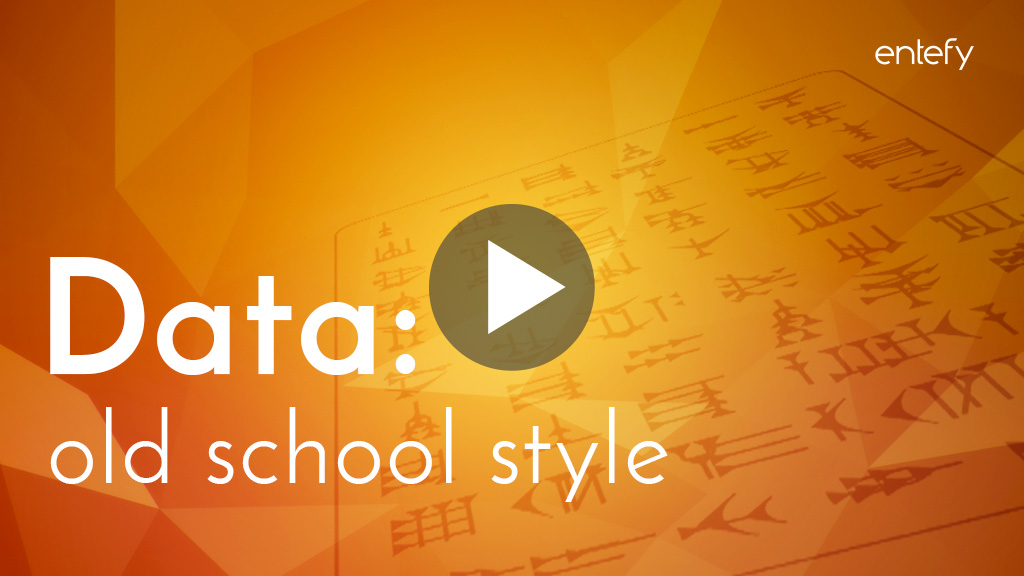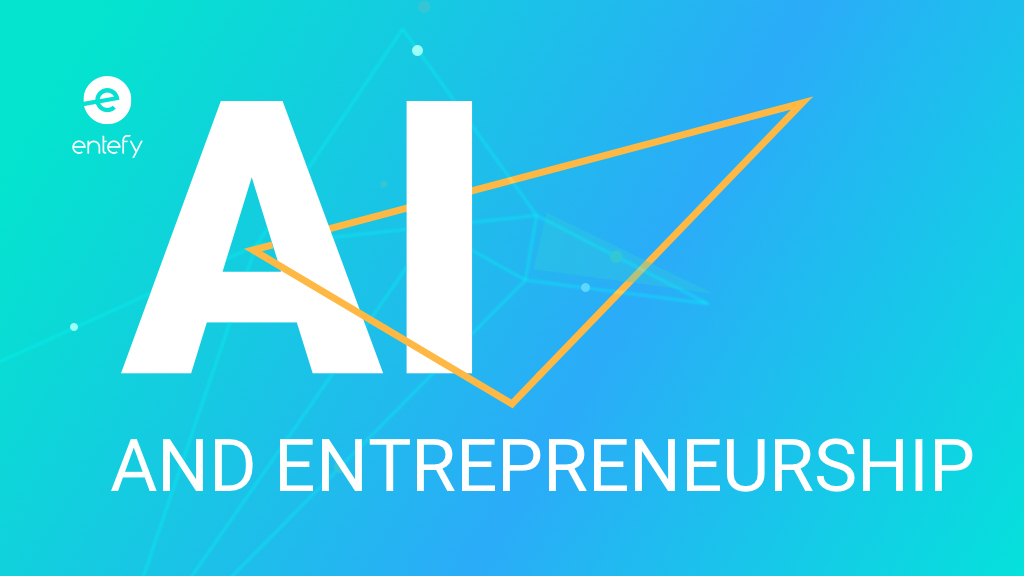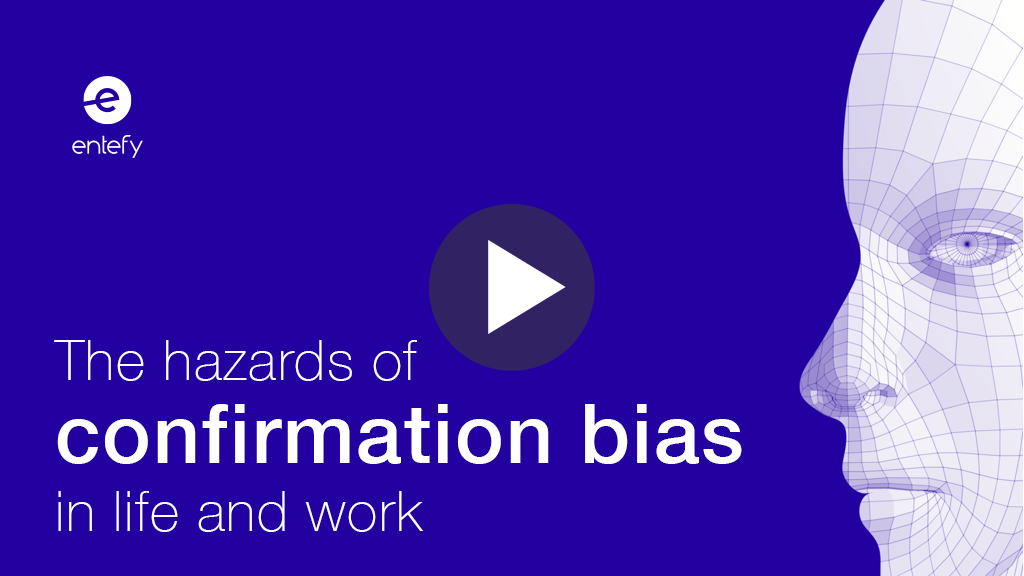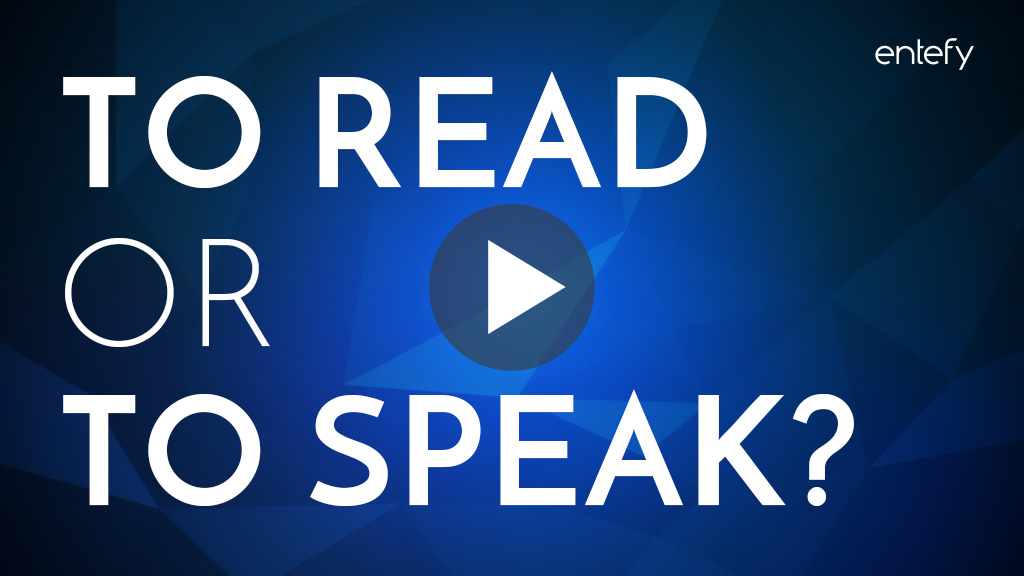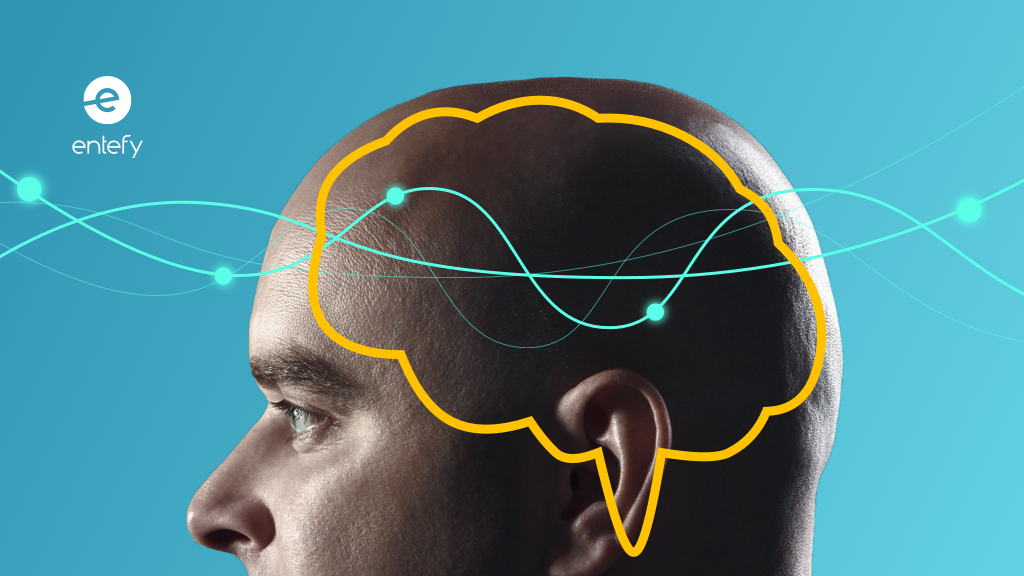In this era of lifelong learning—in which rapid technological advances are forcing professionals to acquire new skills throughout their careers—getting better at the process of learning is critically important. One element that’s often left out of discussions on learning is…forgetting. Because it turns out that forgetting is as important to learning as is remembering.
Wouldn’t a perfect memory make life so much easier? No more forgotten names or misplaced keys. Everything you ever read or watched—podcasts, documentaries, books—available forever in perfect fidelity. Learning would be a cinch, just imagine how much smarter you’d become.
Except: The brain doesn’t work that way. Remembering is an essential element in learning, but it isn’t everything. Because as counterintuitive as it sounds, forgetting is just as valuable as remembering.
Take the case of Solomon Shereshevsky. Shereshevsky had what most people would call a photographic memory. He could recall poems in foreign languages and long mathematical equations years after even a brief exposure.
For 30 years in the early 20th century, Shereshevsky was studied by Russian psychologist Alexander Luria, who diagnosed him with an extreme case of synesthesia. It’s a condition in which a person’s senses become tangled in unusual ways, like experiencing smells in response to sounds, or colors in response to numbers.
This rich experience of even mundane moments contributed to Shereshevsky’s exceptional memory. Yet his prodigious memory did not result in greater intelligence. In fact, it caused him difficulties with recognizing faces and extracting meaning from printed text. Shereshevsky was so burdened by his memory that he began writing words down and burning them in an unsuccessful attempt to forget something.
A perfect memory would overwhelm us with details. Which is why the act of learning something new requires being able to both remember what’s important and forget what’s irrelevant. But how do we nudge our brains to forget the noise and remember all the important stuff?
Focus and flow
Take a moment to recall one of your most vivid memories. It likely consists of a mixture of sensations—sights, sounds, emotions, smells. These rich experiences are wired together using many different areas of the brain. As we learned from Shereshevsky, this variety is a natural boost to memory.
The challenge is that learning, the act of sitting down to study, isn’t usually an experience rich with sensory inputs. We can overcome this shortcoming by consciously directing focus and attention, giving the memory more to work with. Deep focus signals to the brain that the information being focused on is significant and worth remembering.
This first thing to keep in mind about attention is that it comes in limited supply. Our mental workspaces can manage up to 7 bits of information at once, a natural limitation that can make it hard to focus on one thing for an extended period of time. Which is why most people have developed the habit of jumping from topic to topic or activity to activity. Multitasking their days away.
Difficult or not, deliberate focus encodes information into memory and is central to effective learning. A mind divided between disparate tasks is one whose attention and focus are jumping about, reaching for one thing only to put it down moments later to pick up something else, never taking the time to grapple with one item in a meaningful way.
This is no way to learn. If you don’t find what you’re studying interesting enough to fully focus on, then your brain isn’t going to find it important enough to store long term. The more focus we devote to what we’re learning, in duration and effort, the greater the chance that information can form a lasting impression.
An interesting thing occurs during those times when we invest all of our attention in a task. We enter what psychologists call a state of flow. Being in the zone. It’s the place where sports stars perform at their peak and musicians hit every note. When we’re in this state, our sense of time becomes warped, we are absorbed completely by what we’re doing, and our performance raises a notch.
One of the conditions required for entering a state of flow is a challenge. The brain requires an obstacle to overcome, one that isn’t too difficult or too easy. If it is easy, we are more likely to become bored; if it is overly difficult, we will fail or simply give up. The key lies in possessing the skills necessary to complete the challenge even as you push yourself to your limits.
Not only are these the moments when we perform at our best, they are the moments we best remember. So how do we encourage such a state when we’re trying to learn something new? Learning something new is certainly a worthy challenge, but how do we ensure the right balance between our skills and the difficulty of the task?
Learning isn’t consuming information
Even perfect control over our focus and attention doesn’t make us immune to forgetting. To make it stick, we need to regularly interact with what we’re learning.
Jumping from podcast to video to article to book might appear like a good use of time, but it’s a strategy more likely to cause you to forget most of the details you come across. In fact, unless you purposefully revisit what you’re learning, you’ll end up with a mental jumble of accurate, inaccurate, and misremembered information.
The rate of forgetting is a documented phenomenon. Hermann Ebbinghaus began studying the effects of repetition on memory formation in 1879. He tried to memorize long lists of nonsensical syllables and found that while he would forget quickly after the first attempt, forgetting would progressively slow down the more he retrieved the information. He plotted these observations onto a graph called the “forgetting curve.”
We learn two things from Ebbinghaus and his forgetting curve. The first is that repetition is a necessary part of learning. It’s almost impossible to learn something effectively from a single exposure. The second important finding is that this repetition is most effective after some time has elapsed. Forgetting is beneficial to learning.
Here’s how it works. You study for a while and then allow time to pass, inevitably forgetting important elements of what you wanted to remember. If you take the time to revisit that lost information, your memories are jogged and the process of forgetting slows dramatically. After several exposures, forgetting ceases altogether and you’ve learned something new.
Learning through revisiting what we forget creates long-term memories. But it also allows us to look upon what we’re studying with a fresh perspective, often leading to new associations among facts.
There is another important element to this idea of spaced repetition: We need to retrieve the information “manually” by deliberately recalling it. Recall helps memory formation more than simply looking back over the original material.
Think of it this way. Once you’ve learned what you’re trying to learn, you probably aren’t going to keep carrying around your study material. Nor do you generally have time to do a web search every time you want to cite a fact. Ensuring that your brains houses the information you want requires practice retrieving it, not re-consuming it. We shouldn’t just practice putting the information in, we need to practice getting it out by testing ourselves.
Learning is timeless, knowledge is not
We’ve all misplaced someone’s name in an inopportune moment, had the right answer on the tip of our tongue, or noticed how different is a friend’s recollection of a shared experience. The brain holds onto only a very small fraction of everything we’ve ever experienced. Forgetting helps us extract what matters and what is useful, and not waste resources by filling the brain with superfluous information.
Taking advantage of the power of forgetting requires reevaluating how we learn. Quickly glancing over an article or speeding up a podcast to twice its normal speed will not help learning. Effective learning demands more care and deliberate effort. First, we must concentrate on the subject with everything we have, aiming not for speed but rather the slow extraction of meaning and understanding. Second, we must revisit this new knowledge periodically, to ensure that what we remember is accurate and comprehensive.
Gone are the days when you finished learning. When a Bachelor’s degree meant you held all of the knowledge you would need in your career. With the future defined by constant change, continuing education is important and relevant to all of us.
When it comes to teaching ourselves the best ways to learn continuously, we shouldn’t be focused on the end result but the process. After all, specific knowledge can become obsolete practically overnight. The ability to quickly and effectively learn new skills is timeless.

